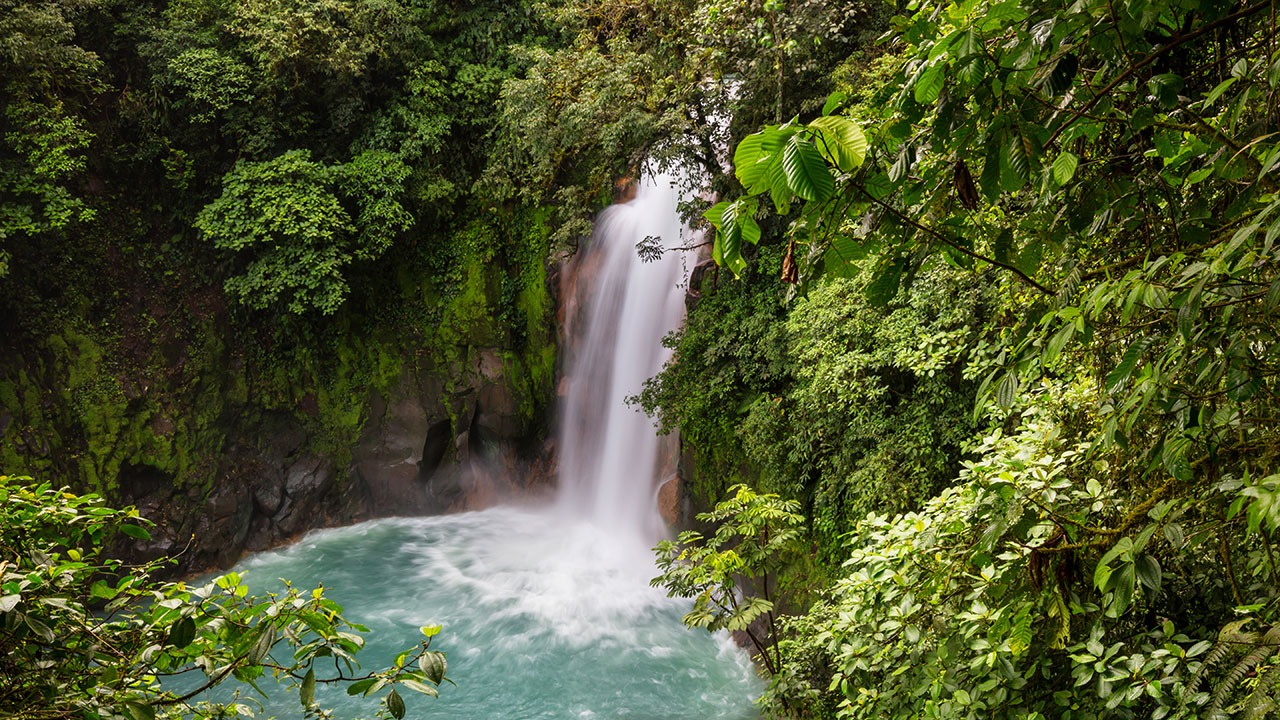
Costa Rica, a small Central American nation known for its striking biodiversity, boasts an array of plant species that paint its landscapes with vibrant hues and unique textures.
Occupying only 0.03% of the world’s landmass, the country astonishingly shelters nearly 5% of the world’s biodiversity. This botanical richness can be attributed to its diverse range of habitats, from rainforests and cloud forests to mangroves and savannas
.
Their love story began much like any other, but it was their common interest in gardening, specifically in cultivating roses, that set them on a unique path. What started as a shared hobby soon blossomed into a deep-rooted passion that would not only fill their garden with vibrant colors and intoxicating scents but would also inspire others to take up gardening
The lush rainforests, like the renowned Corcovado National Park, are a verdant treasure trove. They are home to many hardwood trees, including the mahogany and the purpleheart, which are coveted for their durable timber. Under their canopy thrive plants like heliconias, ferns, and orchids. The country is a paradise for orchid enthusiasts with over 1,400 recorded species, including the delicate national flower, the Guaria Morada (Cattleya skinneri).
.
The cloud forests, such as Monteverde, are characterized by their persistent, misty conditions, fostering a unique vegetation type. Here, epiphytes (plants that grow on other plants) are particularly prolific. Mosses, ferns, and bromeliads envelop tree trunks and branches, creating a cascade of green. The cloud forest’s cool and moist environment also favors the growth of myriad orchid species.
Contrasting the moist rainforests, areas like the Guanacaste region host dry forests and savannas. Here, plants have adapted to prolonged dry seasons. The Guanacaste tree, Costa Rica’s national tree, is a key species in these areas, providing shade and habitat for many creatures. Cacti, succulents, and hardy shrubs also punctuate this sun-drenched landscape..
Costa Rica’s commitment to conservation is exemplary. Over 25% of its territory is designated as protected areas or national parks. This dedication ensures that its botanical treasures, from the smallest moss to the towering ceiba tree, are preserved for future generations and researchers.
In conclusion, it’s a botanical paradise that captures the essence of tropical biodiversity. Plants not only contribute to its ecological richness but also play a key role in its cultural, economic, and medicinal traditions. For any nature enthusiast or botanist, this is a must-visit destination.

About The Author
John Bagnasco has been in the gardening industry for over 50 years, starting with a horticulture degree from Michigan State University and following a stint at Frank’s Nursery and Crafts in Detroit.
After publishing his first book “Plants for the Home Vol. I” in 1976, he moved to California to become regional manager and buyer for the Nurseryland division of Sunbelt Nursery Group.
He then became the head buyer for Armstrong Garden Centers based in Glendora, California. John had a part-time affiliation with Creative Promotions for ten years before joining them full-time in October 2000 as a senior editor and radio personality for Garden Compass.
John has also taught horticulture classes at Palomar College and San Diego State University.
He is the host of the DVD “The Essential Guide to Roses,” which also features Bryan Main and Bruce and Sharon Asakawa.
His most recent book is “Planting Designs for Cacti and Succulents”.
Currently, John is a co-host on “Garden America,” an interactive live gardening show that additionally provides podcasts of the broadcasts accessible on all major platforms.
You can contact John here.
